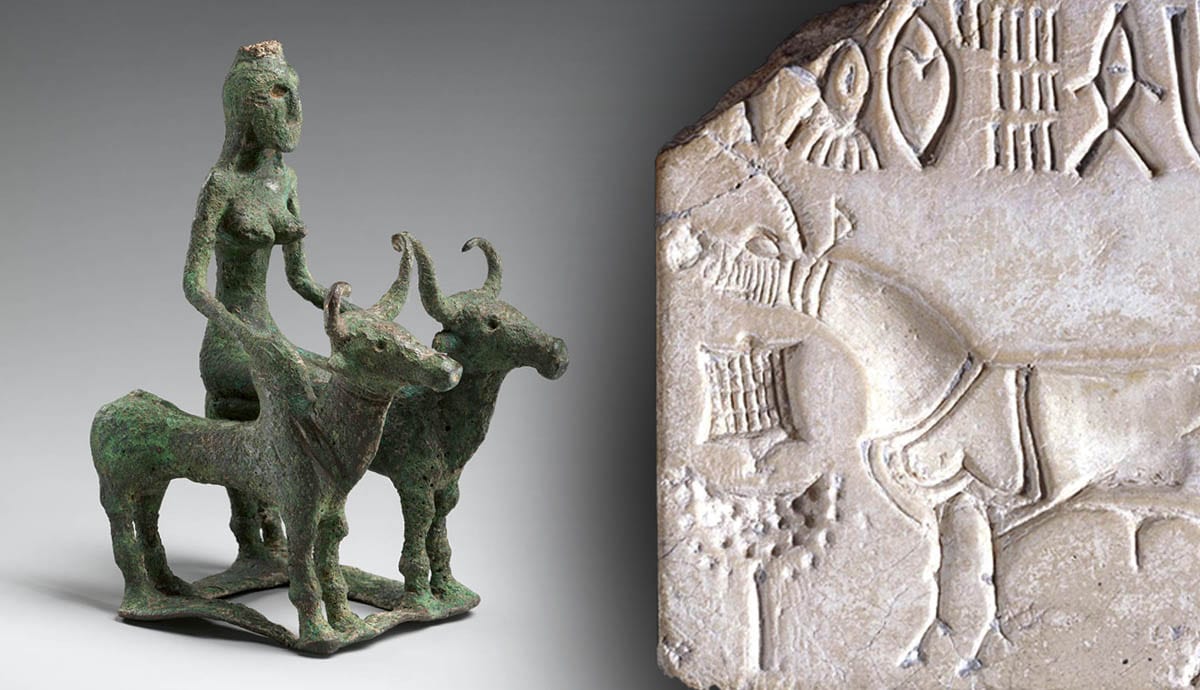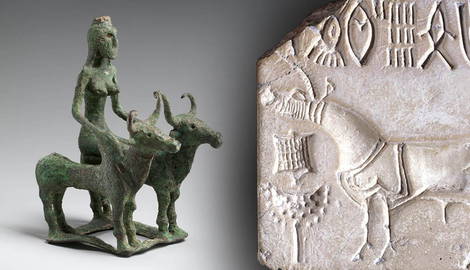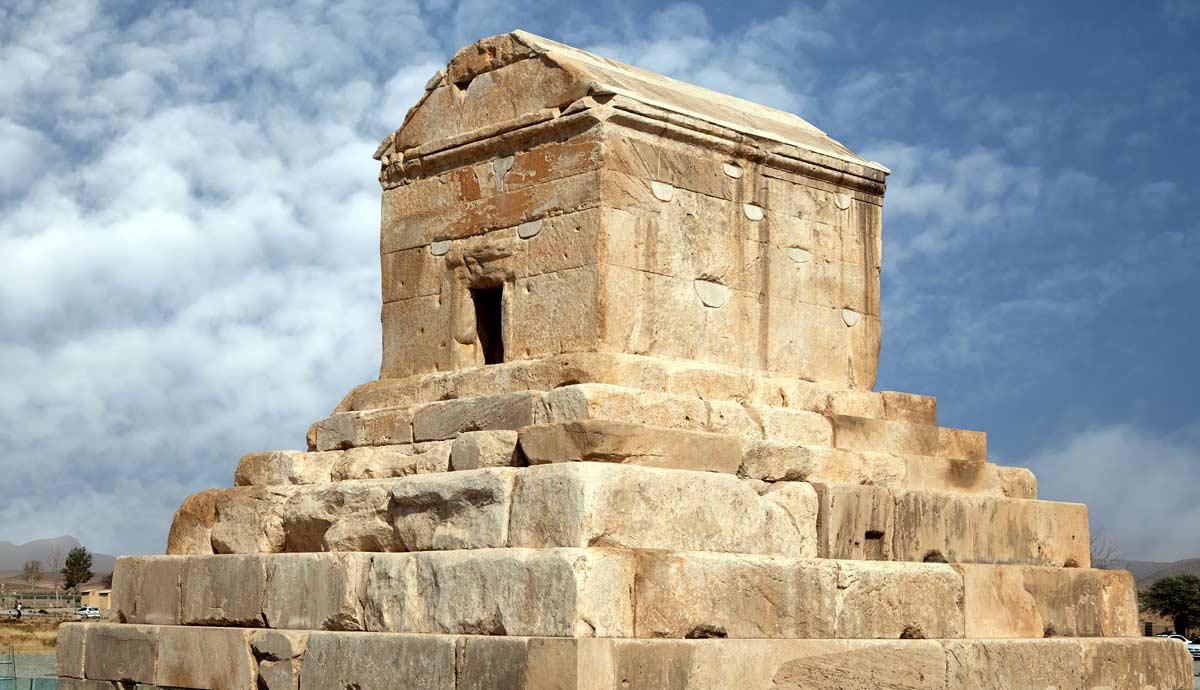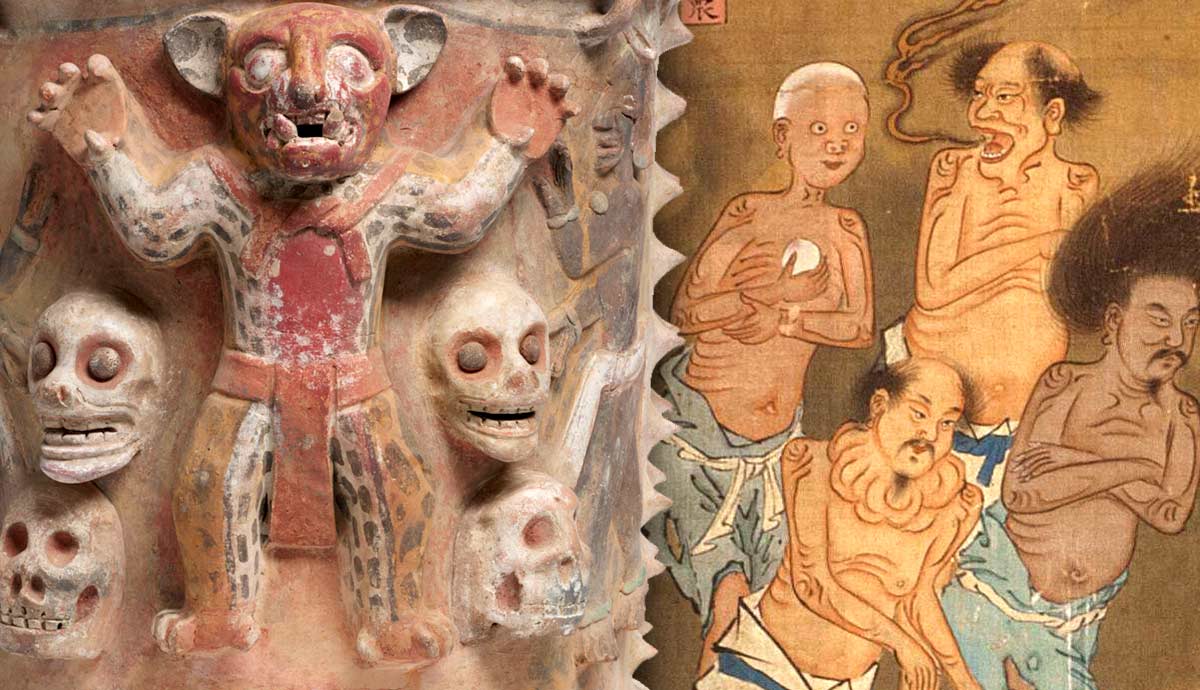
Several historical urban centers — Mesopotamia, Egypt, Indus Valley, China, etc. — claim to be the cradle of all civilizations in human history. The Indus Valley civilization, one of the world’s earliest human settlements, also has its cards in the play. Andrew Lawler counts the ancient Indian civilization as one of the top ‘aggressive player[s] during humanity’s first flirtation with globalization 5000 years ago.’
Once considered to be an uninteresting archeological site, excavation and archeological work at Indus has gained traction in the past few years. Read to find out more about the inter-connected demography of sprawling centers, with evolved social, administrative, economic, and cultural structures.
Discovery Of The Ancient Indian Civilization Of Harappa

An ancient civilization of India and Pakistan, with foundations going back to 5000-8000 years ago, was christened ‘Harappa’ after the eponymous city located on the banks of the Ravi river, Punjab. A stamped seal of bull and six letters, found by Alexander Cunningham in 1853, was the first interaction of Bronze Age Harappa with modern-age archaeology.
Simultaneously, excavations conducted by Daya Sahni in Harappa, and R.D Banerjee, of Mohenjo-Daro in Sindh in 1921 unearthed and understood the ‘potentiality of the site.’ Further excavations were conducted by Marshall in 1931, Mackay in 1938, Vats in 1940, and Wheeler in 1946. To date, experts have identified around 2800 sites, divided into three phases of development of Harappa, namely early, mature, and late.
Archaeologists of both India and Pakistan excavated the connecting sites post-1947, after the two countries’ independence from colonial rule. The Indus culture was discovered in the north-western part of pre-independent India, Sindh, and Punjab; this central zone of the mature Harappan possessed the basis for the development of the entire Indus Valley.
How Old Is The Ancient Indian Civilization?

Inverted pear-shaped red pottery jar, Mohenjo-Daro, Indus, 2500-2000 BCE, via the British Museum, London
Recent archeological discoveries have revealed that comparatively advanced technological artifacts were found at the Rakhigarhi, an Indus Valley site that might prove that the ancient Indian civilization began as early as 8000 years ago.
For many years, the remains of Indus and its succeeding cultures went unnoticed and ignored due to factors such as conflicts between Indian and Pakistani governments, ignorant agriculturalists and locals, and due to delayed publication of information, as confessed by an Indus researcher.
In addition to inadequate knowledge, to date, archeologists are piecing together and learning new things about Indus. Everything discovered about Indus until now can be summed into the following lines: Indus Valley consisted of human settlements of up to twenty thousand to forty thousand people. It accomplished impressive developments in technology, town-planning, agriculture and domestication of animals. It had significant cultural progress in arts and crafts, trade and commerce, religious practices, written script, weights and measures, pottery, seals, stonework, sealings and figurines. It also had advanced economic, administrative and social systems.
Life In Indus

Unexpectedly, Indus isn’t simply another boring historical evidence of an agriculture-based human settlement. Overwriting on this view, archaeological excavations give proof of Indus people living in gated communities with well-distinguished social hierarchies. For instance, Romila Thapar writes that the urbanized Indus inhabitants, with their technologically superior inventions and advanced economic systems, definitely discriminated against the agriculture-based tribes residing on the outskirts of Indus societies. Unique to Indian society, this historical form of discrimination also gave birth to the varna (caste) system which is still prevalent today.
The Indus cities had elaborate planning for drainage systems, house-building, and street construction. The social system of the time was reflected in the architecture of the cities. The elite of the Indus settlements had more status. They had access to wells and lived in bigger houses. People at the top of the social ladder also enjoyed material riches, such as owning high-quality crafts.
Other characteristics of an intellectually and technologically developed society are well-defined burial ceremonies. The Indus people also had strong trade networks reaching far and wide, ranging from Central Asia to Mesopotamia. Life in Indus was seemingly easier, not simpler as the people of that time had to weather the climatic and other harsh realities without the help of the luxuries we enjoy today.
Landslides And Geo-hazards

The disastrous landscape of Indus Valley civilization was often full of mega earthquakes, landslides, and stormy weather. The upper Indus basin is 3500 meters higher than normal and is highly unsuitable for permanent residence. With time, various human activities, including such as ancient cultures and trade routes, have established their base in these inhospitable conditions.
The mountains, frosty and chilly on their peaks, and rain-covered in the lower regions, provide areas of agriculture with their arid climatic features and are grounds for extensive excavation of geological and archeological findings. Within moments, an impactful avalanche can convert acres of life and land into rubble. The flip side of the landslides, however, is the deposit of rich sediments over the mountains, and not into the bedrock. Also, the ancestral generations of humans inhabiting these lands have come up with well-equipped systems for geohazard and disaster management. The sparse villages and poorly-developed towns have turned into stabler and better-functioning urban centers over many centuries.
Influence Of Indus On Various Cultures

Earlier findings were directed towards claims of non-existent exchange of ‘material fabric of urban life’ between the contemporary and succeeding cultures of the ancient Indian civilization. New results came to light after the Archaeological Survey of India shifted its excavation efforts towards the western regions of a newly-Independent India. The diffusion of cultural elements of Indus happened across the Gangetic and Deccan corridors, with the Aravalli-Banas-Malwa zone connecting the two.
The evolution of contemporary Ahar culture is as old as the Early Harappan phase, though it evolved into its form without external influence. There was also cultural interaction and diffusion, and the coexistence of cultures exhibited chances for the exchange of material and socio-economic practices.

On the other hand, some scholars refute the claim of Harappan influence over Chalcolithic and the following cultures flourishing alongside the plains of River Ganga. The Gangetic cultures, associated with the Painted Grey (PGW) and Northern Black Polish Ware (NPBW), constituted the majority of the Gangetic cultures. The development of subsistence agricultural practices was connoted to be independent. The horse-centered, iron-based plain cultures also did not acquire their basic characteristics — including weights and measures, tools, pottery, etc. — from mature Harappan settlements. Both cultures presented non-identical scripts, the 3rd-century Bramhi script was written from left to right, in opposition to the Harappan direction of writing. However, NBPW cultures, and their metal coinage, affected the Red and Black-and-Red-Ware cultures of the Indus valley.
The Collapse Of Harappan Civilization

Indus is believed to lose its enigmatic intensity of human interaction around 1900 BCE, and the urban culture slowly deteriorated into scattered, sparse regional communities. The reason behind the end of the ancient Indian civilization is a hot topic of debate amongst the scholarly circles of Indus researchers. Andrew Lawler lists ‘droughts, floods, tectonic shifts, ideological turmoil, and foreign invasions’ as explanations as to how and why Indus came to an end in the divided academic opinion.
Apart from the high flooding and heavy rainfall patterns, the reason behind the destruction of the flourishing Harappan settlements was due to the people moving inland, to higher and safer regions, and attempting to recreate the Harappan way of living. There was an observed human movement towards Narmada, with the formation of Indus-like comparatively primitive cultures.
Unlike the Mesopotamian and Egyptian cultures, the Indus culture was abandoned and forgotten in the pages of history. Even if the Indus people did not survive the brunt of time, Gregory Possehl says, ‘There is no place in the world where the people and culture of the 3rd millennium B.C.E. are more important’. It was an ‘emerging powerhouse of commerce and technology.’
The Theories Around Indus Valley In Indian Politics

An ongoing debate between the current Indian nationalists renders the point moot. Hindu-centric right politicians strongly believe that the ancient Indian civilization has survived the onslaught of ‘foreign invaders’, referring to the establishment of the Mughal Empire in medieval India. According to proclaimed Hindu ascetics and sages, the spirituality and their attraction towards the cosmic have historically protected the ‘true’ Indians against such alien religious influences.
The flip side of the coin criticizes the Aryan Invasion theory of Hindu nationalists, which traces the roots of the Indus Valley civilization to Sanskrit-speaking ancestors of the North-Indian demography of the country. The liberal, left-wing supporters in India strongly back this stance. In support of this argument, Lawler blames the Hindu nationalist propaganda for destroying possible relations between Indian and Pakistan archeologists and leaving no scope for forming cooperative research teams for researching Indus.
Will The Roots Of Ancient Indian Civilization Continue To Survive?

Author Michel Danino states that the culture of India, under the influence of European modernism, cannot survive its ancient roots. Today’s youth disregards the knowledge of the past of ancient Indian civilizations. It is usually dismissed as traditional and antiquated. In the last few centuries, they have shifted further and further towards the attraction of material pleasures. The scholar does not agree with the attitude of the young generation towards ancient Indian civilization. He writes that “their rootless concepts of democracy and secularism [adopted from Greece and the European idea of a nation-state, respectively] will never provide a cement that can hold India together.”
Another school of thought in Indian political circles believes that the current ruling party and other Hindutva nationalists, — people who support the idea of a Hindu-nation for India, — are blatantly destroying the idea of secularism. With their beliefs of connecting the history of the ancient Indian civilization of Indus to Aryan ancestors and the Vedic period, people believe that modern-day India is losing the foundations of its constitutional truth.









